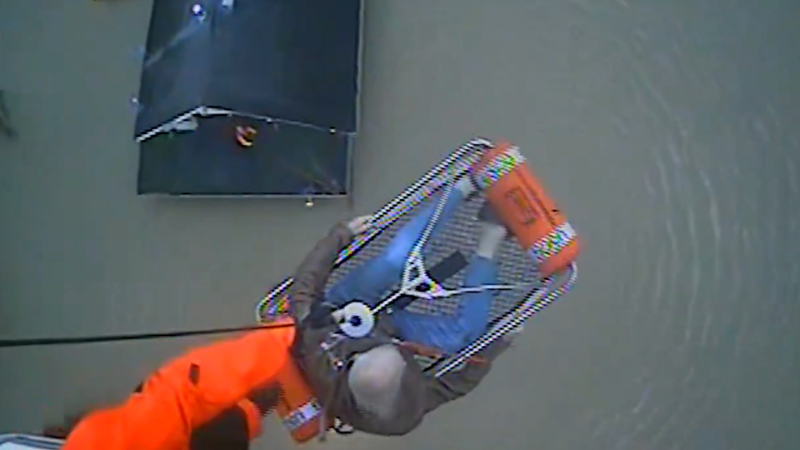A quick recap on last week's rain and snow across California
The weather has quieted down across California after last week's soaking storm across the state.
The setup involved several different factors that led to the significant rainfall event across the state, especially along the coast of northern and central California.
For starters, a plume of moisture was observed extending from the tropics near Hawaii to northern California. This transport of high moisture content is referred to as a atmospheric river as I noted in the last blog and can be seen below. The persistent plume of moisture provided the fuel for the heavy rain.

A surge of moisture from the tropics can be seen in this image of precipitable water on Dec. 14. (Image/Univ. Wisconsin-Madison)
A stalled front located over the northern half of the state in combination with a upper-level disturbance that was swung southward from the Northwest coast provided uplift during this event. This helped spawn an area of low pressure that eventually would get stronger and travel across the Rockies and into the Plains. The mountainous terrain was always a source of uplift which is why the coast got pounded with relentless rain.

Measured rainfall amounts between 7 a.m. Thursday Dec. 15 and 7 a.m. Friday Dec. 16. (Image/CoCoRaHS)
Below are some official airport observation rainfall totals from Thursday Dec. 16.
The copious amounts of rain in a short time led to many mudslides and rockslides across San Mateo and Santa Cruz counties. Flooded roadways and flooded homes were reported across coastal northern and central California.
Orange County even saw heavy rain with most of the county receiving between 1 and 2 inches.
The mild Pacific air that was pulled in kept snow levels quite high for most of the storm but there was some cold air on the backside that lowered snow levels. A foot of snow fell at Kirkwood Ski Resort in the Sierras.

Snow can be seen in the Sierras on Dec. 17. Satellite image captured from Terra/MODIS.
<hr>
Report a Typo















